Mattress Thickness Guide: Finding Perfect Compatibility with Your Bed Frame
Table Of Contents
- Understanding Mattress Thickness: The Basics
- Standard Mattress Thickness Ranges
- Matching Mattress Thickness With Your Sleeping Needs
- Common Bed Frame Types and Their Compatibility
- Platform Beds and Mattress Compatibility
- Box Spring Beds and Mattress Thickness
- Adjustable Bed Frames and Mattress Considerations
- Storage Bed Frames and Mattress Height
- Aesthetic and Practical Considerations
- Common Compatibility Issues and Solutions
- Conclusion: Finding Your Perfect Match
Choosing the right mattress thickness is more than just a comfort preference—it's a crucial factor that affects everything from how well you sleep to how your bedroom looks and functions. While many shoppers focus solely on mattress firmness or material, thickness plays an equally important role in sleep quality and how well your mattress works with your chosen bed frame.
Whether you're upgrading to a luxurious high-profile mattress, looking for something minimalist and low to the ground, or simply replacing an old mattress on an existing bed frame, understanding the relationship between mattress thickness and bed frame compatibility can save you from expensive mistakes and uncomfortable nights.
In this comprehensive guide, we'll explore how mattress thickness affects comfort and support, examine standard thickness ranges, and provide practical advice for matching your mattress to various bed frame styles. From platform beds to storage frames, we'll cover everything you need to know to create the perfect sleep setup for your home.
Understanding Mattress Thickness: The Basics
Mattress thickness, also called height or profile, refers to the measurement from the bottom to the top surface of your mattress. This seemingly simple measurement has significant implications for comfort, support, accessibility, and aesthetics.
Most modern mattresses are composed of multiple layers, each serving a specific purpose. The base layers typically provide support and stability, while the upper comfort layers deliver pressure relief and cushioning. The thickness of each layer and the total number of layers determine the overall mattress height.
While personal preference plays a significant role in choosing mattress thickness, practical considerations related to bed frame compatibility are equally important. A mattress that's too thin may sit too low in certain bed frames, while an excessively thick mattress might extend awkwardly above the headboard or make it difficult to use with fitted sheets.
Standard Mattress Thickness Ranges
Mattresses typically fall into one of four thickness categories, each with its own characteristics and ideal use cases:
Low-Profile Mattresses (2-5 inches)
These ultra-thin mattresses are most commonly used for temporary situations like guest rooms, camping, or as toppers. They're also popular for trundle beds, bunk beds, and in spaces with height restrictions. While convenient for specific purposes, low-profile mattresses generally don't provide sufficient support for everyday use, especially for adults.
Slim-Profile Mattresses (5-8 inches)
Slim mattresses balance better support with a still-modest height. They're ideal for children's rooms, bunk beds, trundle beds, and minimalist bedroom designs. These mattresses work well with low-profile bed frames, daybeds, and in spaces where a lower overall bed height is desired. Their thinner profile makes them lighter and easier to move but may not offer enough cushioning for some sleepers.
Standard-Profile Mattresses (8-12 inches)
The most common mattress thickness range, standard-profile mattresses provide a balance of support, comfort, and versatility. They work well with most bed frame types and offer enough depth for proper body support. This thickness range is suitable for most sleepers and can accommodate various sleeping positions. At Loft Home Furniture, many of our most popular mattresses fall within this range, offering an ideal balance of comfort and practicality.
High-Profile Mattresses (12-16+ inches)
Luxury and premium mattresses often feature greater thickness, with some reaching 16 inches or more. These plush options typically include multiple comfort layers and enhanced features. High-profile mattresses create a substantial presence in the bedroom and often provide exceptional pressure relief. However, they require deep-pocket sheets and may be too tall for some bed frames, particularly those with footboards or storage drawers.
Matching Mattress Thickness With Your Sleeping Needs
Beyond compatibility with your bed frame, mattress thickness should align with your physical needs and sleeping preferences:
For side sleepers, mattresses between 12-14 inches often provide the ideal combination of pressure relief and support. The extra thickness allows shoulders and hips to sink appropriately while maintaining spinal alignment.
Back and stomach sleepers typically benefit from mattresses in the 10-12 inch range, which offer sufficient support without excessive sinking that could misalign the spine.
Heavier individuals (over 230 pounds) generally need mattresses of at least 12 inches to prevent bottoming out and to ensure adequate support and durability over time.
Lightweight sleepers (under 130 pounds) may find comfort in thinner mattresses (8-10 inches) as they don't exert enough pressure to fully engage with thicker comfort layers.
Those with mobility concerns should consider bed height carefully. When combined with your bed frame, the mattress thickness should create a total height that allows you to get in and out of bed comfortably—typically 21-25 inches from the floor to the top of the mattress.
Common Bed Frame Types and Their Compatibility
Different bed frame designs have varying requirements and limitations when it comes to mattress thickness. Understanding these differences is crucial for achieving both comfort and functionality in your bedroom setup.
Platform Beds and Mattress Compatibility
Platform bed frames feature a solid or slatted surface that provides direct support to the mattress without requiring a box spring. This design has several implications for mattress thickness:
Platform beds typically sit lower to the ground than traditional bed frames, making them ideal partners for medium to high-profile mattresses (10-14 inches). This combination creates a balanced overall bed height that's neither too low nor too high.
If your platform bed includes a substantial headboard, consider how different mattress heights will look in proportion to it. A very thick mattress might rise too high relative to the headboard, while a thin mattress might leave too much headboard exposed.
For platform beds with built-in storage drawers, be mindful that very thick mattresses might hang over the sides and obstruct drawer access. Measure carefully and consider how the mattress edge will align with the drawer openings.
Many modern designs, especially those in minimalist or Scandinavian styles, feature low-profile platform frames that work beautifully with thicker mattresses to maintain proper sleeping height while creating a contemporary aesthetic.
Box Spring Beds and Mattress Thickness
Traditional bed frames designed for use with box springs present different considerations:
When using a box spring (typically 8-9 inches thick), your mattress thickness should be adjusted accordingly. The combined height of mattress and box spring will determine your total sleeping surface height.
For standard box spring setups, mattresses in the 8-12 inch range often work best, creating a total height of 16-21 inches plus the frame height.
Very thick mattresses (14+ inches) combined with a box spring can create an extremely high sleeping surface that may be difficult to access, especially for shorter individuals or those with mobility limitations.
If your bed frame features decorative side rails, ensure your chosen mattress thickness (plus box spring) won't rise above them, which can create an unbalanced appearance.
Adjustable Bed Frames and Mattress Considerations
Adjustable frames require special attention to mattress thickness compatibility:
Most adjustable bases work best with mattresses between 8-12 inches thick. This range provides enough flexibility to bend with the base's movements while offering sufficient comfort.
Extremely thick mattresses (over 14 inches) may be too rigid to properly conform to the articulated positions of an adjustable base, potentially reducing comfort and possibly damaging the mattress over time.
Hybrid and memory foam mattresses in the medium thickness range tend to be the most compatible options for adjustable bases, offering the right balance of flexibility and support.
Some premium adjustable bases are specifically engineered to accommodate thicker mattresses, but always check manufacturer specifications before making your selection.
Storage Bed Frames and Mattress Height
Storage bed frames come with specific compatibility considerations:
For beds with under-bed storage drawers, the clearance height between the floor and the bottom of the bed frame is crucial. The combination of your bed frame height and mattress thickness should leave enough space for the drawers to open fully.
If you have a storage bed with a gas-lift mechanism that raises the entire mattress platform, check weight limitations. Very thick, heavy mattresses might strain the lifting mechanism or be too cumbersome to lift regularly.
For ottoman-style storage beds where the mattress sits on a platform that lifts from the foot, mattress flexibility is important. Medium-thickness mattresses (8-12 inches) typically work best, as they're substantial enough for comfort but not too rigid to lift.
With bookcase headboard storage beds, consider how different mattress heights will align with the shelf openings. Ideally, your mattress should sit at a height that doesn't obstruct the lowest shelves.
Aesthetic and Practical Considerations
Beyond pure functionality, the visual impact and practical aspects of mattress thickness deserve attention:
Bed height contributes significantly to your bedroom's overall aesthetic. Higher beds (with thicker mattresses) tend to create a more traditional, luxurious look, while lower-profile options offer a contemporary, minimalist appearance.
Consider the proportions of your room. In spaces with low ceilings or compact dimensions, an extremely high bed might feel overwhelming. Conversely, in large rooms with high ceilings, a very low bed might appear disproportionately small.
Remember that mattress thickness affects your need for specialized bedding. Mattresses over 14 inches typically require deep-pocket fitted sheets, which can be more expensive and harder to find in some patterns and materials.
For homes where bed-making is a daily ritual, very thick, heavy mattresses can make this task more challenging, especially when tucking in sheets or manipulating the mattress to access hard-to-reach areas.
Common Compatibility Issues and Solutions
Even with careful planning, you might encounter some challenges when pairing mattresses with bed frames. Here are some common issues and practical solutions:
Mattress Too Tall for Headboard
If your mattress rises above your headboard or isn't proportional, consider adding a bunkie board (a thin foundation) instead of a box spring to lower the overall height. Alternatively, invest in a taller headboard that maintains proper proportions with your preferred mattress.
Bed Too High for Comfort
If your combined bed frame and mattress create too high a sleeping surface, consider switching to a platform bed frame that eliminates the need for a box spring. You might also explore low-profile box springs (approximately 4-5 inches versus the standard 9 inches) to reduce overall height.
Mattress Sliding on Frame
Thinner, lighter mattresses sometimes shift position on bed frames, especially platform styles. Non-slip mattress pads placed between the mattress and frame can prevent this movement. Some bed frames also feature lips or rails specifically designed to keep mattresses in place.
Mattress Too Heavy for Frame
Very thick, dense mattresses (particularly those made with multiple layers of memory foam or latex) can exceed the weight capacity of some bed frames. Always check your frame's weight limitations before selecting a heavy, high-profile mattress. If you already own the mattress, consider reinforcing your frame or upgrading to a sturdier option.
Mattress Hanging Over Frame Edge
When a mattress extends beyond the supporting surface of the frame, it can lead to premature sagging and reduced support. Ensure your frame dimensions match or slightly exceed your mattress size. For platform beds with inset frames, the supporting surface should extend fully to all edges of the mattress.
Conclusion: Finding Your Perfect Match
The relationship between mattress thickness and bed frame compatibility is more complex than it might initially appear, involving considerations of comfort, support, accessibility, aesthetics, and functionality. By understanding how different mattress profiles work with various frame styles, you can create a harmonious sleep setup that meets both your practical needs and design preferences.
When shopping for a new mattress or bed frame, take time to consider how these elements will work together. Measure carefully, think about your specific requirements, and don't hesitate to ask questions about compatibility before making your purchase.
At Loft Home Furniture, we understand that creating the perfect sleep environment requires attention to every detail. Our range of carefully curated bed frames and mattresses are designed with compatibility in mind, ensuring you can find options that work seamlessly together while supporting your unique sleep preferences.
Remember that the perfect mattress thickness is ultimately the one that provides you with restful sleep, complements your bedroom décor, and functions properly with your chosen bed frame. With the insights from this guide, you're now well-equipped to make an informed decision for your next bedroom upgrade.
Ready to find your perfect mattress and bed frame combination?
Visit our showroom at Gambas Crescent or explore our complete collection online.


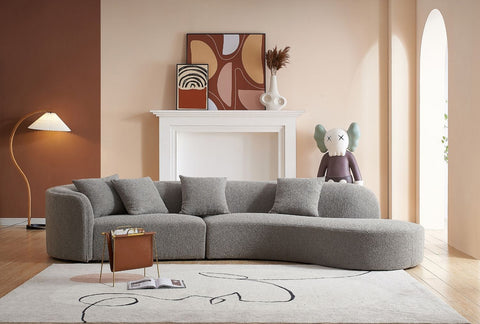
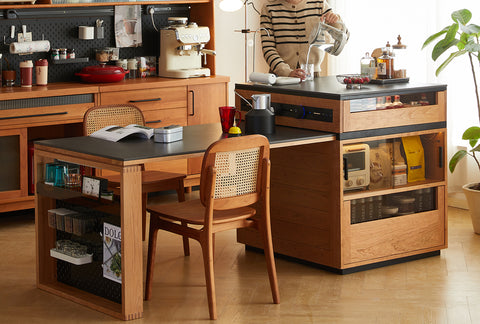

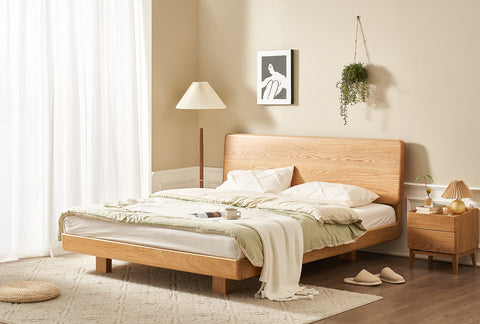


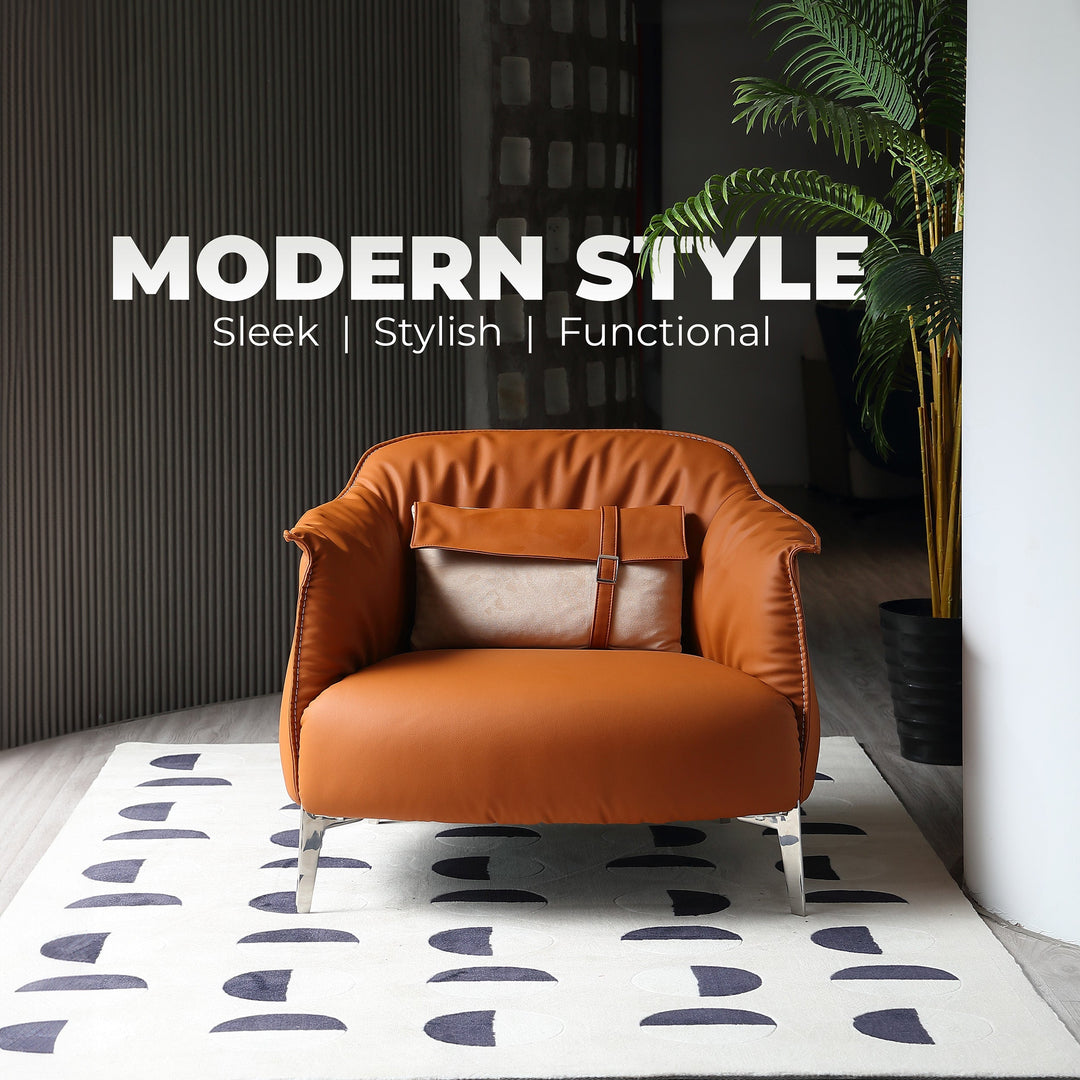
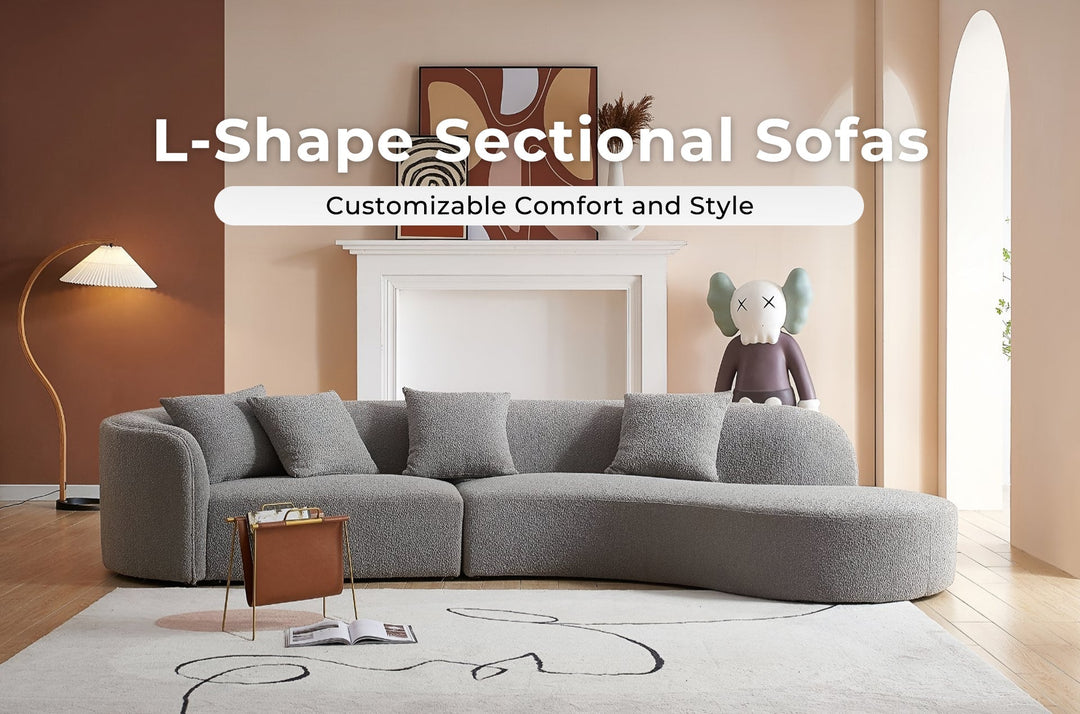







Leave a comment